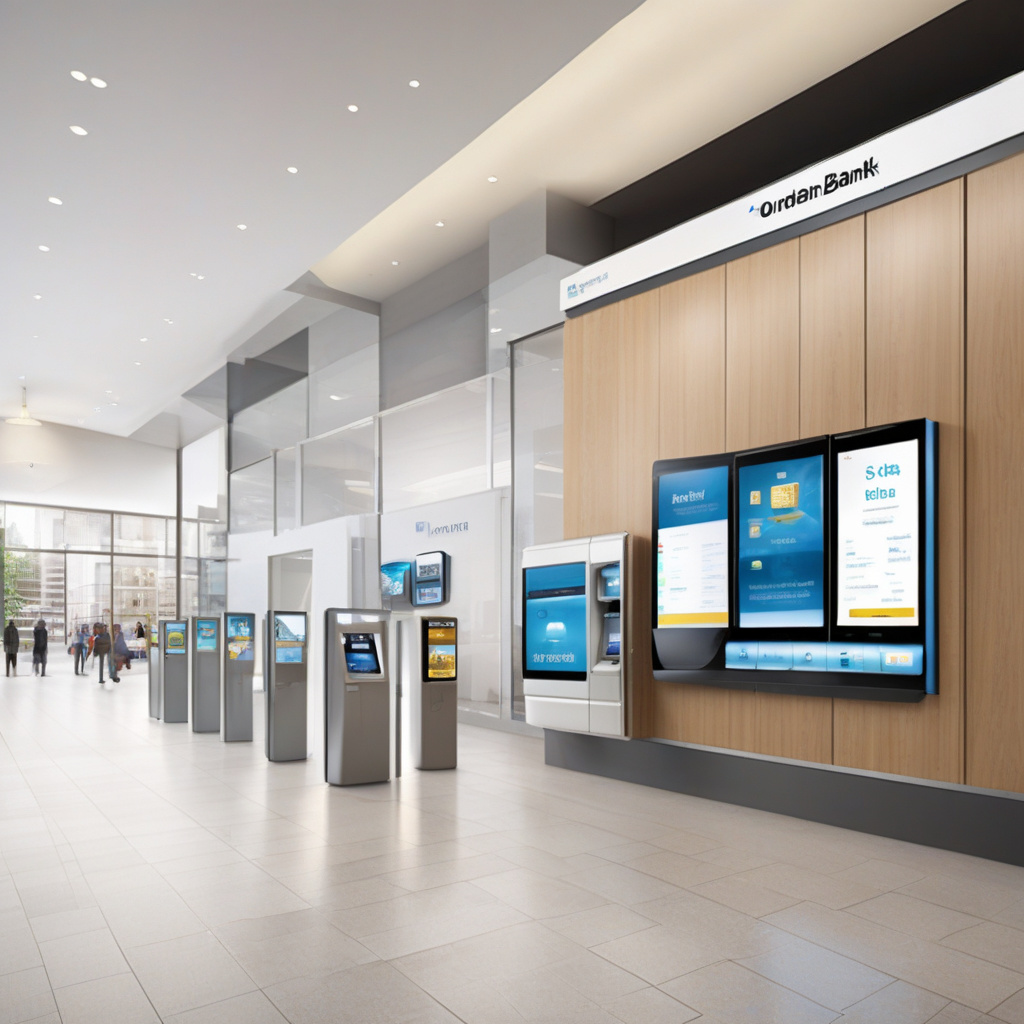In today’s fast-paced digital age, the rise of digital banks has revolutionized the way we manage our finances. With the convenience of online banking and the absence of physical branches, many wonder: can digital banks be used in the same places as regular banks? The answer lies in understanding the differences between these two banking models and how they cater to diverse needs in the modern world.
Digital banks, also known as online-only banks, operate solely through digital platforms without any brick-and-mortar branches. They offer services such as online account opening, mobile check deposit, and 24/7 customer support through websites and mobile apps. In contrast, traditional banks have physical branches where customers can conduct in-person transactions, seek financial advice, and access services like safe deposit boxes.
While digital banks provide convenience and accessibility through virtual channels, they may lack certain features offered by traditional banks. For example, if you require services like cashier’s checks, face-to-face interactions with bankers, or instant access to physical cash, a digital bank may not fulfill these needs. Additionally, some merchants or institutions may prefer physical bank checks over electronic transfers, potentially posing limitations for digital bank users.
Despite these differences, the usage of digital banks is not restricted to specific locations. In fact, the majority of transactions can be conducted seamlessly through digital banking platforms from anywhere with an internet connection. Whether you are at home, in the office, or traveling abroad, digital banks enable you to manage your finances, pay bills, transfer funds, and monitor your accounts with ease.
Moreover, digital banks often leverage technology to offer innovative features that enhance the banking experience. These may include personalized budgeting tools, real-time transaction alerts, and higher interest rates on savings accounts. By embracing digital banking, individuals can streamline their financial tasks, gain insights into their spending habits, and achieve greater financial control.
It is essential to note that while digital banks provide flexibility and convenience, there are instances where the physical presence of a traditional bank may be necessary. For complex transactions, legal documentation, or specialized financial services, visiting a physical branch might be required. In such cases, having a relationship with a traditional bank alongside a digital bank can offer the best of both worlds.
In conclusion, digital banks can indeed be used in the same places as regular banks in most scenarios, thanks to their robust online platforms and mobile applications. While traditional banks offer a range of in-person services that digital banks may not replicate entirely, the convenience and efficiency of digital banking make it a compelling choice for many individuals in today’s digital landscape. By understanding the strengths of each banking model and leveraging their unique benefits, individuals can optimize their financial management strategies and adapt to the evolving banking ecosystem.

